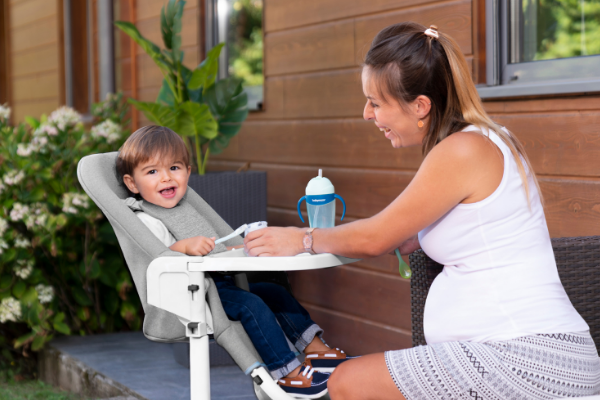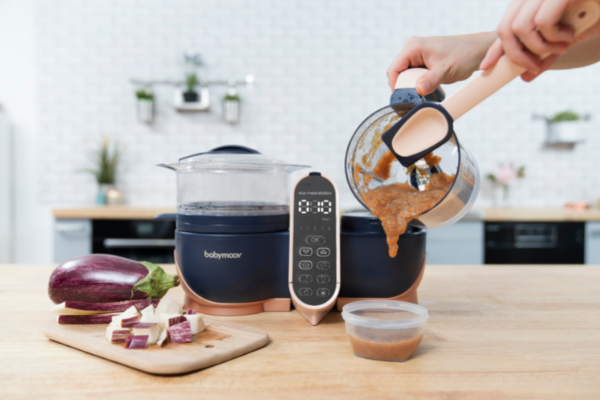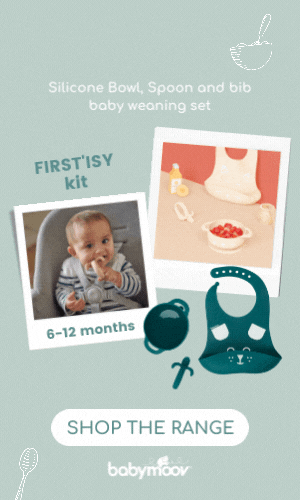How babies develop their sense of taste

Enjoying a varied diet is the key to successfully weaning the baby onto solid food.
The first steps
The infant is exposed to flavours before its birth. In the uterus, it swallowed amniotic fluid infused with flavours from its mother. To be more precise, breast milk transmitted to its taste buds the taste characteristics of the diet of the mother.
When the baby is around four months old, after fairly neutral cereals in the first baby bottles served at night, fruit juices and vegetable broths will be the first new reference points. From now on, the baby will start its taste experience. Pay attention to what it likes or does not like. You will learn about its sensitivity, emotions and pace at which you can develop with the baby. When it is around 5 to 8 months old, you can introduce textures with light fruit and vegetable purées.
Along with the recommendations of your paediatrician and those in available publications you will not fail to read, its reactions and needs expressed will guide you in the quantity and frequency at which you can introduce new products. A refusal can be read on its face, and more specifically on its mouth. It is recommended to follow it initially.
The five senses
The baby’s senses are awakening: taste and also sight when it discovers a colourful vegetable with a funny shape, hearing when it hears the sound of the blender, as well as smell when the scents of the meal Mum is preparing reach it.
A rhythm one needs to learn
Rejected food? Don’t give up! Often, you just need to give it to the baby a few days later so that it can appreciate it. Every child has their own pace.
Why it’s important to develop the baby’s taste
Another major reason is to give the baby different kinds of food and rich in vitamins and nutrients to meet the needs of its rapid growth.
For his psychological development, meals are a social and sensory opening experience that open the baby to the world around it.
The benefits
Initially, the body regulates the feeling of being full perfectly. When baby tells you it has eaten enough, you can trust him 100%. As for what it eats, you’re the one who chooses: a small piece of cheese or carrot while it waits or a sweet biscuit before a meal. So limiting sugar or fat, preferring vegetables over starchy food are choices that contribute to their nutritional education. When the child will go to the canteen, or as a teenager, consolidated bad habits are more difficult to change.
Developing a healthy approach to food and creating complicity allows the child to peacefully move on in its diet.
Don’t forget
Feeding your baby, means giving it the nutrients it needs, though also educating it each day beyond what is innate, such as flavour and texture.
As speech or cleanliness, taste and a healthy diet are the values it is desirable for children to acquire.


 EN
EN FR
FR NL
NL DE
DE ES
ES





